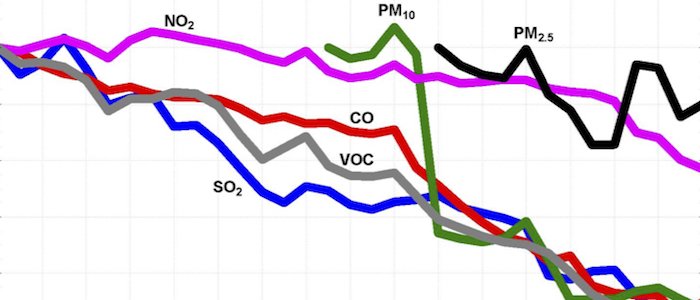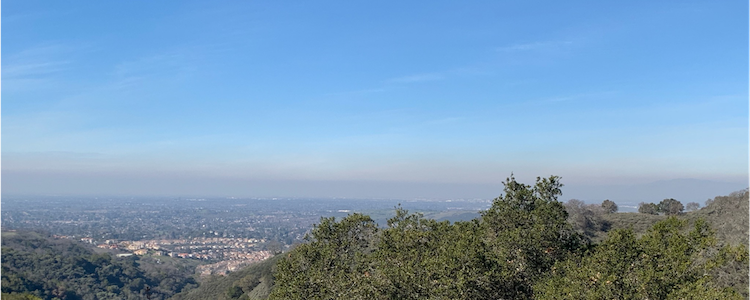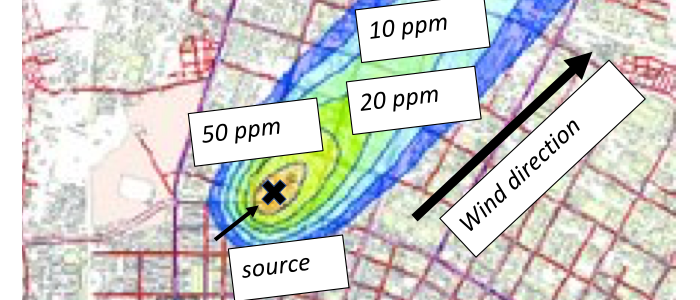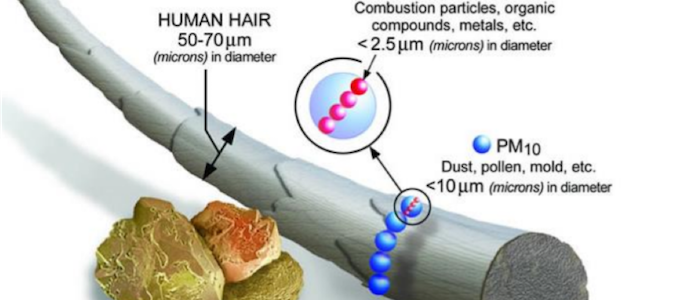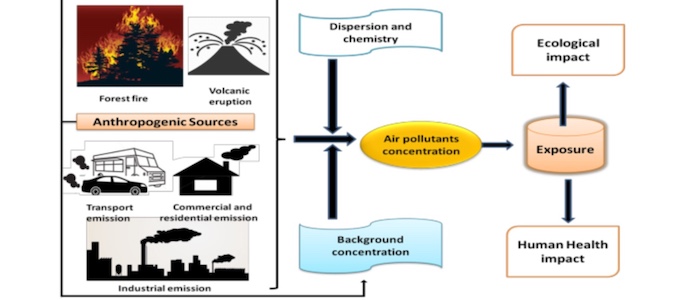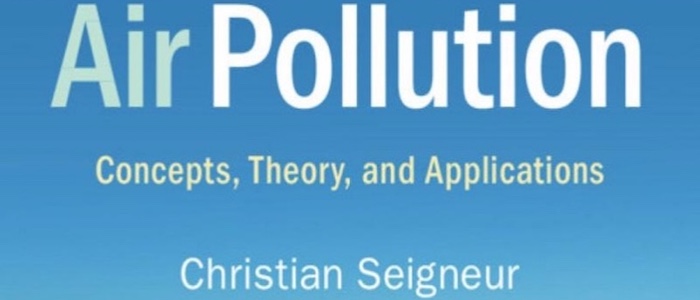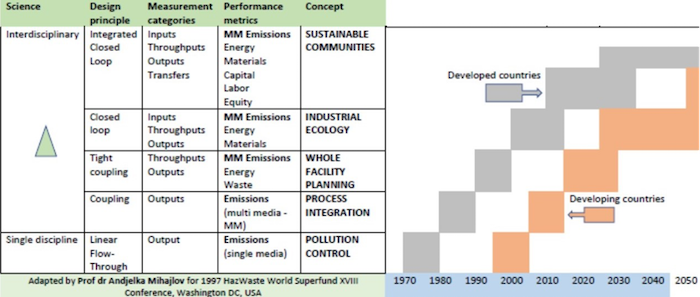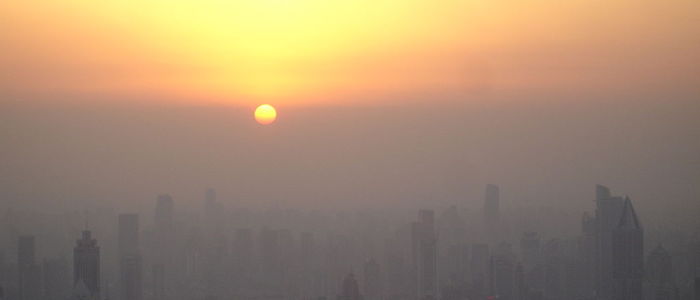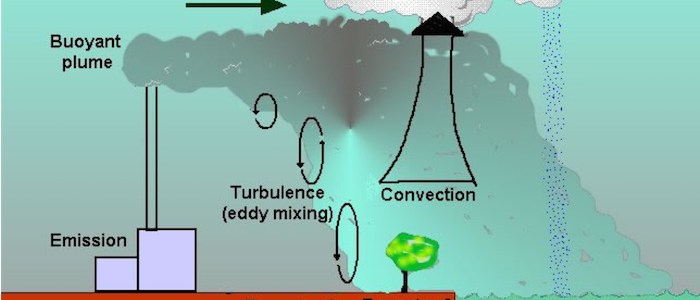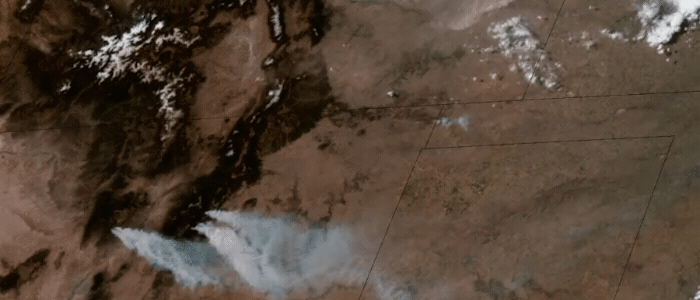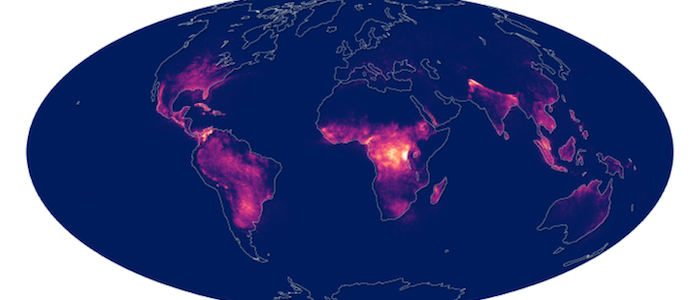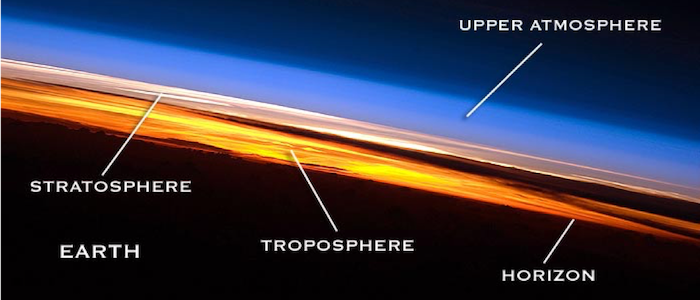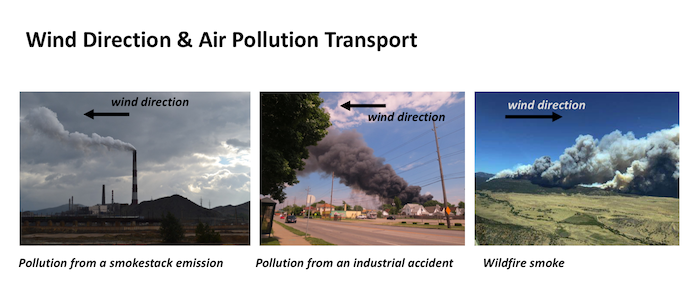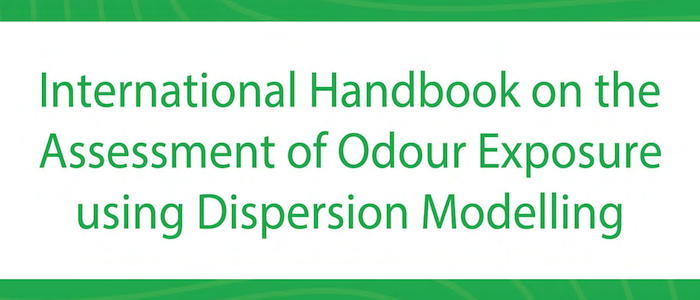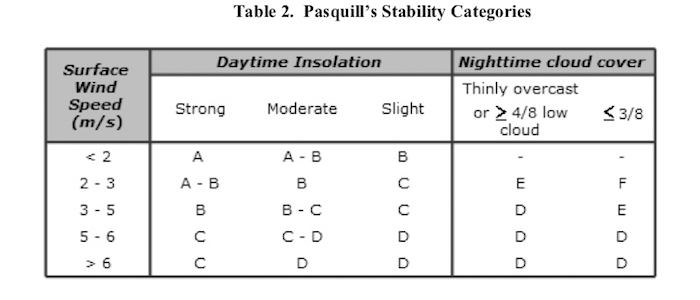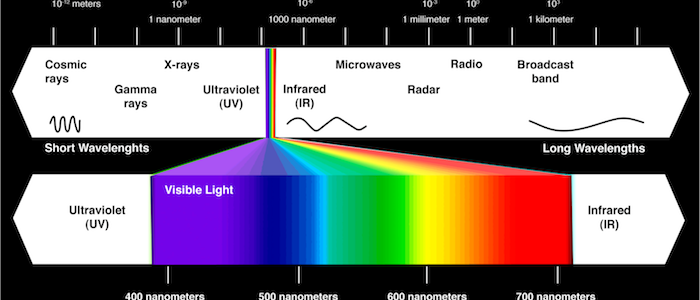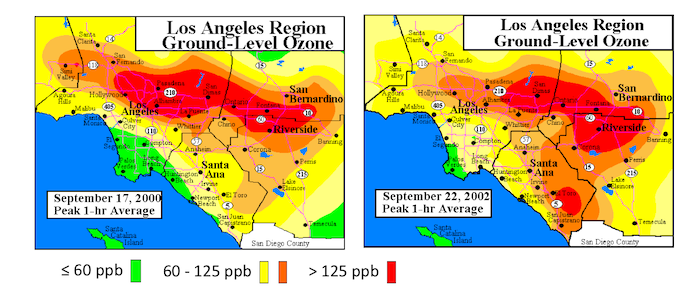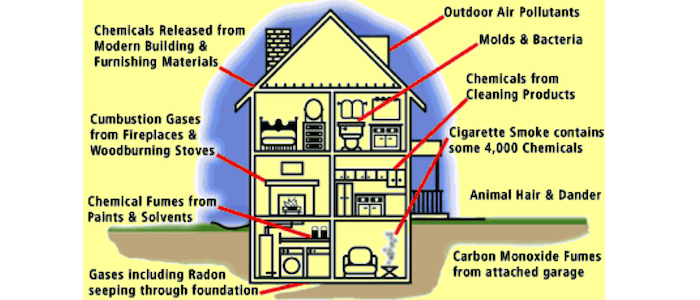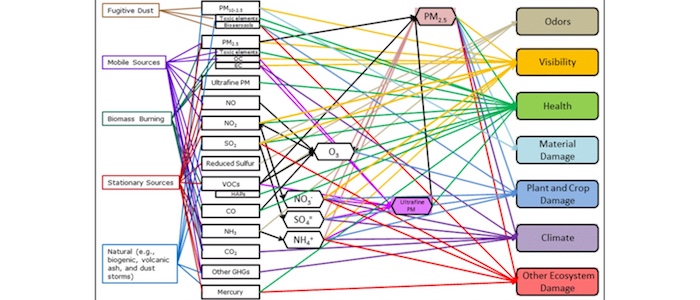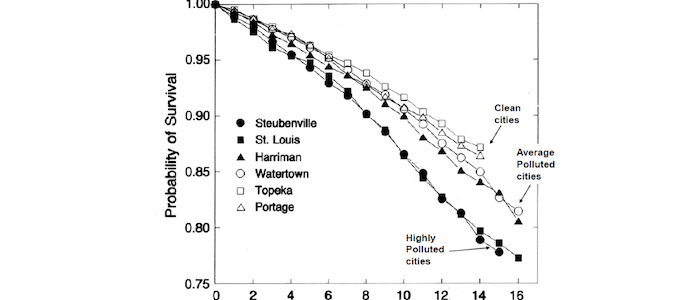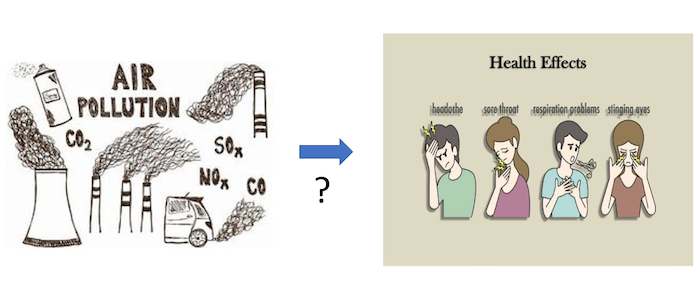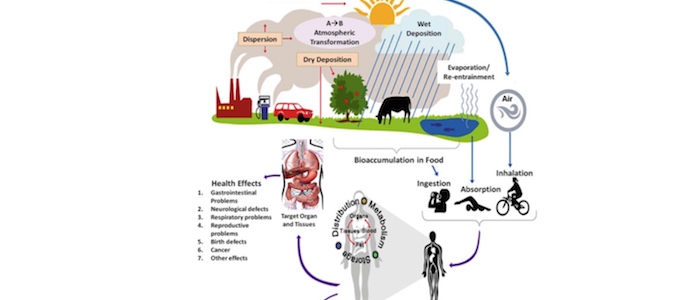Introductory Topics
Introductory Topics - Basic Overview
A large amount of online literature is available to provide the reader with introductory material on air pollution and the science connected to this topic.
Read more →Air Pollution
Two sets of slides (Part 1 and Part 2) on Ambient Air Pollution have been provided, courtesy of Dr. Frank R. Freedman, Course Instructor (SJSU Fall Semester 2020).
Read more →Air Pollution - Gaseous Chemicals
A set of slides (Lecture 11) on Local-Scale Air Pollution & Air Toxics has been provided, courtesy of Dr. Frank R. Freedman, Course Instructor (SJSU Fall Semester 2020).
Read more →Air Pollution - Particulate Matter
A set of slides (Lecture 9) on Particulate Matter & PM2.5 has been provided, courtesy of Dr. Frank R. Freedman, Course Instructor (SJSU Fall Semester 2020).
Read more →Air Pollution - Criteria Pollutants
Ambient air pollution is the foremost reason for global death and disease. The criteria air pollutants include particulate matter (PM), ozone (O3), nitrogen dioxide (NO2), sulphur dioxide (SO2) and lead (Pb).
Read more →History
A set of introductory slides on the history of air pollution has been provided, courtesy of Dr. Christian Seigneur. These slides are the basis of his 2019 book: Air Pollution - Concepts, Theory, and Applications.
Read more →History - Interdisciplinary
The goal of this course is to underline the fact that air pollution (emissions) from any source is related to the emissions into other environmental media from the same point source. An introductory chapter provides the historical background on air pollution.
Read more →History - Primary and Secondary Pollutants
Primary air pollutants are pollutants that are formed and emitted directly from particular sources. Secondary air pollutants are pollutants that are formed in the lower atmosphere by chemical reactions.
Read more →Sources
A set of slides (Lecture 6) on Air Pollution Emissions has been provided, courtesy of Dr. Frank R. Freedman, Course Instructor (SJSU Fall Semester 2020).
Read more →Natural Sources
Generally, concentrations of pollutants from natural sources are low enough to not cause adverse effects to health or welfare, nor contribute significantly to exceedances of ambient air quality standards. However, there are instances when this is not the case.
Read more →Urban Air Toxics
Reducing emissions of urban air toxics has been a priority for EPA since the passage of the Clean Air Act Amendments in 1990. Air toxics tend to pose greater risks in urban areas because these areas have large populations and a higher concentration of emission sources.
Read more →Spatial Scale - Global
A set of slides (Lecture 3) on Atmospheric Carbon, Nitrogen and Sulfur Cycles has been provided, courtesy of Dr. Frank R. Freedman, Course Instructor (SJSU Fall Semester 2020).
Read more →Air Pollution Meteorology
A set of slides (Lecture 1) on Atmospheric Structure & Composition has been provided, courtesy of Dr. Frank R. Freedman, Course Instructor (SJSU Fall Semester 2020).
Read more →Air Pollution Meteorology
A set of slides (Lecture 7) on Air Pollution Meteorology has been provided, courtesy of Dr. Frank R. Freedman, Course Instructor (SJSU Fall Semester 2020).
Read more →Air Pollution Meteorology
A set of introductory slides on meteorology and general circulation has been provided, courtesy of Dr. Christian Seigneur. These slides are the basis of his 2019 book: Air Pollution - Concepts, Theory, and Applications.
Read more →Air Pollution Meteorology
A set of slides on meteorology and air pollution has been provided, courtesy of Dr. Christian Seigneur. These slides are the basis of his 2019 book: Air Pollution - Concepts, Theory, and Applications.
Read more →Air Pollution Meteorology
The meteorological inputs used within various odor models are described within Section 3 (page 36) of the International Handbook on the Assessment of Odour Exposure using Dispersion Modelling.
Read more →Air Pollution Meteorology
Air pollution meteorology is the science dedicated to the study of meteorological phenomena that affect air pollution.
Read more →Air Pollution Meteorology - Atmospheric Radiation
A set of slides (Lecture 2) on Atmospheric Radiation has been provided, courtesy of Dr. Frank R. Freedman, Course Instructor (SJSU Fall Semester 2020).
Read more →Air Pollution Meteorology - Atmospheric Diffusion and Dispersion
A set of introductory slides on atmospheric dispersion has been provided, courtesy of Dr. Christian Seigneur. These slides are the basis of his 2019 book: Air Pollution - Concepts, Theory, and Applications.
Read more →Chemistry - Photochemical Gaseous Smog
A set of slides (Lecture 8) on Ground-level Ozone has been provided, courtesy of Dr. Frank R. Freedman, Course Instructor (SJSU Fall Semester 2020).
Read more →Deposition - Acidic Precipitation/Acid Rain
A set of slides on clouds and acid rain has been provided, courtesy of Dr. Christian Seigneur. These slides are the basis of his 2019 book: Air Pollution - Concepts, Theory, and Applications.
Read more →Indoor Problems
A set of slides (Lecture 12) on Indoor Air Pollution has been provided, courtesy of Dr. Frank R. Freedman, Course Instructor (SJSU Fall Semester 2020).
Read more →Air Quality Management
A set of slides on Principles and Practices of Air Quality Management has been provided by Dr. Judith Chow. One of the interesting conclusions of this work is the fact that adverse effects from multi-pollutants may be more than the sum of effects from individual pollutants (synergistic effect).
Read more →Adverse Effects
A set of introductory slides on environmental impacts of air pollution has been provided, courtesy of Dr. Christian Seigneur. These slides are the basis of his 2019 book: Air Pollution - Concepts, Theory, and Applications.
Read more →Adverse Effects
The human nose and brain are capable of distinguishing roughly 1 trillion scents. Many chemical substances, at concentrations sufficiently large, can be detected by the human nose. Odors are not necessarily related to toxicity; for example, carbon monoxide (CO) is colorless and odorless but can be deadly at concentrations above 150 to 200 ppm.
Read more →Adverse Effects - Humans
A set of introductory slides on health effects of air pollution has been provided, courtesy of Dr. Christian Seigneur. These slides are the basis of his 2019 book: Air Pollution - Concepts, Theory, and Applications.
Read more →Adverse Effects - Humans
A set of slides (Health Effects of PM2.5) has been provided, courtesy of Dr. Frank R. Freedman, Course Instructor (SJSU Spring Semester 2020).
Read more →Adverse Effects - Humans
A set of slides (Lecture 10) on Introduction to Epidemiology has been provided, courtesy of Dr. Frank R. Freedman, Course Instructor (SJSU Fall Semester 2020).
Read more →Adverse Effects - Humans
A polluted air is a harmful complex combination of primary and secondary pollutants in the atmosphere. The primary air pollutants produce adverse health effects to human beings after their short-term/long-term exposure. Secondary air pollutants also play an important role due to their reactivity, toxicity, and the severity of impacts on ecological targets.
Read more →Adverse Effects - Humans
Nanoparticles (NPs) are receiving an increasing attention from many scientific communities due to their strong influence on human health. NPs are an important marker of air pollution caused by a variety of natural and anthropogenic sources. Due to their ultrafine size, they can be suspended in the atmosphere for a long time and can thus travel larger distances and cause several health issues after exposure.
Read more →Adverse Effects - Climate
A set of introductory slides on climate change and air pollution has been provided, courtesy of Dr. Christian Seigneur. These slides are the basis of his 2019 book: Air Pollution - Concepts, Theory, and Applications.
Read more →